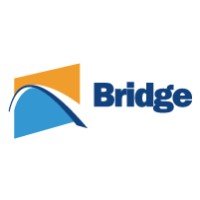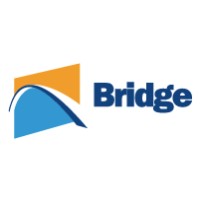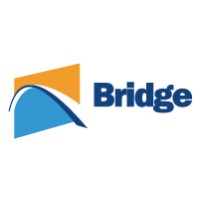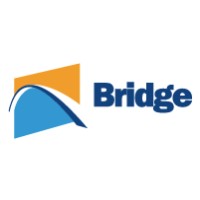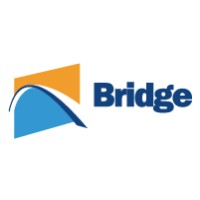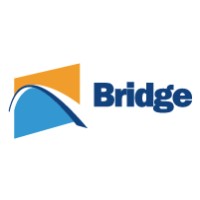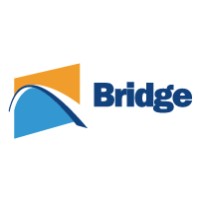Product Overview
Integration Services for Healthcare
Bridge Interface
Maximize interoperability with advanced interfacing technology.
Bridge is an enterprise patient portal and patient engagement solution that provides a superior user experience for healthcare organizations and their patients through a "single pane of glass." It is ideal for organizations seeking to replace their existing EHR system's patient portal, connect disparate EHR environments with a single patient portal, and/or consolidate costly patient engagement tools with a single patient engagement solution. Bridge truly engages patients with automated electronic communication, and meaningful, multi-platform access to health, financial, and appointment information. With Bridge’s all-in-one patient engagement solution, healthcare organizations can improve patient-physician collaboration, care outcomes, and business profitability.
Specifications
Secure data exchange and better patient engagement.
Better care starts with interoperability. Overcome the complexities of connecting multiple disparate systems and accessing siloed data. Bridge Interface allows you to meet regulatory compliance, achieve greater patient outcomes, and boost operational efficiencies.
Seamless integrations
Our robust engine allows you to interface with one or more EHR, PM, RCM, LIS and RIS systems and supports all the most popular interface technologies, including FHIR, HL7, REST API, XML, CSV, and SFTP-based file interfaces. We enable healthcare organizations to deliver patient-centered care by facilitating communication between patients and providers and integrating patient healthcare data, regardless of the source system.
We’re HL7 and API interface standard experts
HL7 is the most commonly used set of standards in the US healthcare industry and provides a comprehensive framework to exchange clinical and administrative data.
APIs, which can include FHIR-based APIs, are a modern interface standard becoming commonplace in healthcare. But many EHRs don’t offer the depth of API endpoints that Bridge Interface does for its feature-rich functionality. In these cases, the system often leverages a combination of HL7 and API interface standards to reach the client’s desired functionality.
HL7 standards are divided into two main categories: messages and consolidated clinical document architecture (CCDA) files.
Messages
Seamlessly interface with multiple EHRs to transmit the most common HL7 messages:
SIU (Scheduling Information Unsolicited)
ADT (Admission, Discharge, Transfer)
ORU (Observation Result)
Bridge Interface allows for a complete and secure bidirectional integration of these messages with an EHR system, which allows the portal to display real-time appointment data, laboratory values, and patient demographic information directly from your EHR.
CCDA
Bridge Interface offers a proprietary CCDA parser to distribute patient data from CCDAs to the patient portal, regardless of the source EHR. CCDAs are standardized templates for electronic data exchange that include the patient’s medical conditions, medications, allergies, and vital signs. Healthcare providers can transmit a CCDA with each patient visit to Bridge. This data is then aggregated and parsed into the portal to make it available to the patient in an easy-to-read format.
Let our proven experience work for you
As the healthcare industry grows in complexity, it’s essential to have a partner who understands how to optimize communication and interoperability between systems. We have extensive experience in interface development to ensure secure, two-way data exchange from all file types between our patient engagement platform and third-party software systems.

